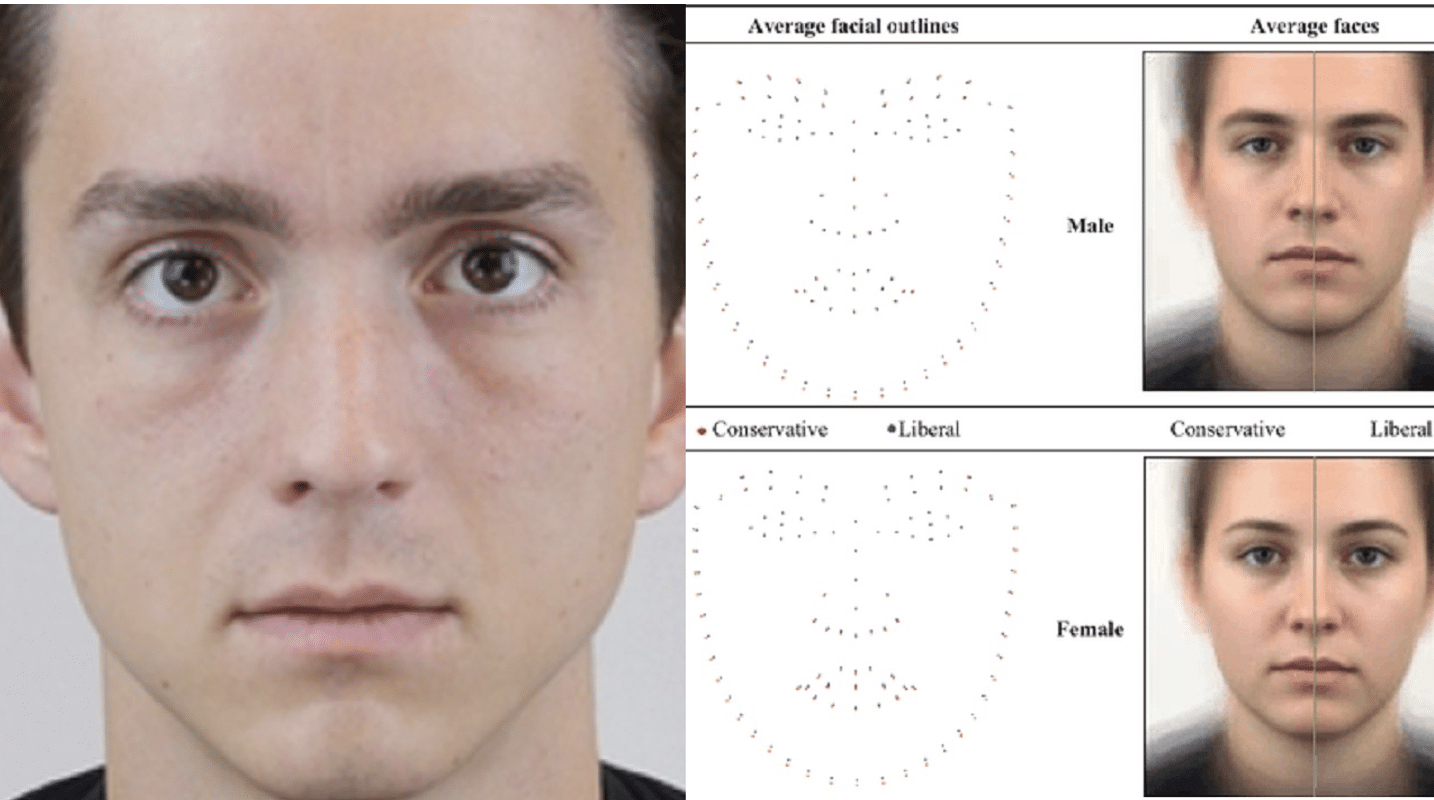(OPINION) Anyone who’s had Covid is at risk of dying 18 months after infection, research suggests. Most people have already been infected with the illness, with some also having had the bug more than once.
The majority of Brits also have protection against the virus following a mammoth vaccine rollout, as well as prior infections. Now, scientists from China have discovered all those who contract the virus have an increased risk of deadly heart issues including heart failure, stroke, atrial fibrillation, and myocardial infarction.
People who pick up the bug are four times more likely to develop heart disease within the first three weeks of infection. And for up to 18 months after catching Covid, infected people’s risk of developing the silent killer remains 40 percent higher than those who never had the bug.
Previous studies have found the bug increases the risk of developing venous thromboembolism (VTE), which is a condition when a blood clot forms in a vein. Other studies have shown that people who’ve had Covid are also at risk of myocarditis in the year after discharge.
Commenting on the study results, lead researcher, Prof Ian C.K. Wong of Hong, said: “Patients with Covid-19 should be monitored for at least a year after recovering from the acute illness to diagnose cardiovascular complications of the infection, which form part of long Covid.”
More than two million people in the UK say they have symptoms of long Covid, according to the latest Office for National Statistics (ONS) survey. And some sufferers are reporting heart problems, such as changes in heart rate and palpitations.
According to the study published in Cardiovascular Research, those with Covid are also 81 times more likely to die within the first month of catching the disease, compared to those who haven’t had the bug.
Infected people’s risk of death remains high – five times higher than a of non-infected people – for 18 months. Prof Ian added: “Covid patients were more likely to develop numerous cardiovascular conditions compared to uninfected participants, which may have contributed to their higher risks of death.” (SOURCE)


















